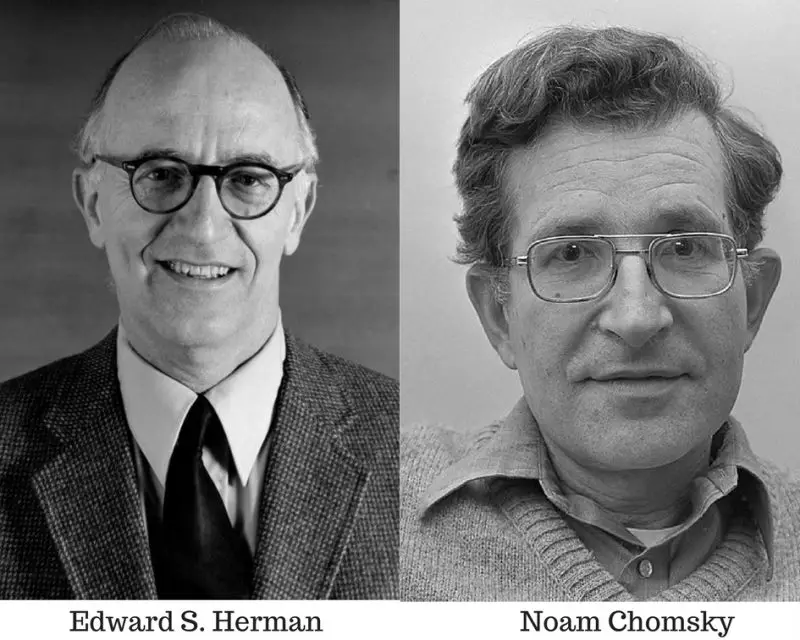

Have you ever wondered why some stories are all over the news while others barely get a mention? Edward Herman and Noam Chomsky’s Manufacturing Consent explains this. It’s a theory they developed that explains the media often works to support powerful groups, like governments and large corporations, by promoting ideas that benefit them. This happens because media outlets rely on things like advertising money and official sources for information. They also avoid stories that could upset their owners or advertisers. As a result, the news we see often reflects the interests of those in power, even if it’s not always obvious.
According to this theory, five main filters shape the media we consume:
Ownership—Since media companies are often owned by big corporations, their owners will never share stories that might damage their reputations.
Advertising – Media outlets make money from advertisers. To keep advertisers happy, they avoid controversial topics that might offend them.
Sourcing – Journalists require “official sources” like government press releases for their stories. If these sources decide not to be truthful, the news often reflects what they want us to hear and believe, not the real story.
Flak – If the media steps out of line, they can be punished. For example, a journalist speaking out on something corrupt can face potential legal proceedings for this.
Anti-ideologies – The media often promotes fear of certain groups or ideas to justify actions. For example, the media is mostly in favour of Israel and rarely reports on the devastation that is ongoing in Palestine due to Israel.
Now, does this still happen today? Yes, it most certainly does! As we move with the times, we mostly get our news from social media and the internet however, the same filters I explained above still apply:
Social Media Algorithms: Apps like TikTok, Twitter and Instagram prioritise posts that are making the most engagement. For example, when Liam Payne passed away, you couldn’t escape it. All social media platforms were flooded with the news, giving the latest updates etc. They compete with each other to be the first platform to share a new piece of information on a news story, regardless of whether it may be biased or false.
When media is shaped by these five filters, we aren’t getting the true, full story which can be extremely harmful especially when it comes to things like elections and voting. Not getting the correct facts can spread fear, misinform and even justify harmful actions.
The media is a powerful tool, but we have the power to question what we’re being told. By understanding Herman and Chomsky’s theory of manufacturing consent, we can become more self-aware to the news and see beyond the filters that shape what we think.


Hi Tahliah, your post gave a comprehensive view of what shapes the media we consume and how they are shaping. I like it because it’s interesting. At the same time, it reminded me of the strong power of social media algorithms. I strongly agree that although it is giving us convenience, the content we see is controlled by them, which is truly unfair and terrific. Your blog post also gives a clear and engaging explanation of Herman and Chomsky’s Manufacturing Consent theory and its relevance today, the examples you gave us also reminded me to stay critical of the media we consume. Great work!
Hi Tahliah!
I find that the link established on TikTok and instagram shows that, this filters have evolved, but they remain as influential. The example you cited perfectly demonstrates how algorithms have become the “holders” of information today. It might also be interesting to see in depth how we can fight against this. How we can vary our sources or carefully examine the information we receive constantly. Your post is well analyzed and still confronts us with our daily realities. Good job!
While the “Manufacturing Consent” model does indeed identify strong media influences, the rise of independent purveyors through YouTube, podcasts, and other internet channels might create a different set of variant narratives that do not issue from mainstream media. Does this democratization of content creation create a counterbalance to the traditional media filters?